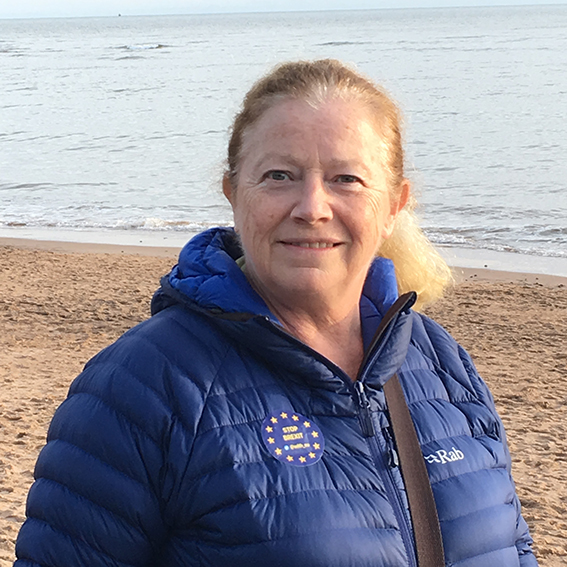Professor Linda Hurcombe (BA, PhD, FSA) is an archaeologist who brings practical understanding to the study of the past. She is a full Professor in Experimental Archaeology and Material Culture at the University of Exeter, UK. Twenty-one years ago, she set up the first ever Masters programme in Experimental Archaeology in order to bring together practical and academic knowledge and make it available to students from all over the world. She has been enjoying the creative collision of mind and matter ever since.
Some students come wanting to know more about the history – or prehistory – of a craft they love, and some arrive loving books and want to find out how things work in practice. Experimental archaeology has many connections with bushcraft and one of her key interests is how people adapted to different climates and challenges, how they obtained the things they needed to survive and thrive in the landscape, and how the origins of bushcraft skills can be traced in the archaeological evidence.
Linda has published many books and articles. For her PhD research, she made and used stone tools so that she could understand the functions of prehistoric tools by cross-comparing microscopic wear traces. This is where she first came across bushcraft and developed an interest in how materials become material culture. The stone tools were a starting point for making everything else and led her to consider a wide range of materials, most of which do not survive, which she published as a book The Perishable Material Culture of Prehistory: investigating the missing majority (Routledge).
Bushcrafters know well the value of axes, knives and pots but most would hesitate to talk about societies based on these, yet that is what so much of prehistory has to do. Given this, Professor Hurcombe draws on a wide range of knowledge combining knowledge from archaeology, traditional technologies, and ethnographies to understand the materials and opportunities each landscape provides and how prehistoric societies lived in them.
Her experimental archaeology work includes practical expertise in flintknapping, making pottery, cordage, basketry, textiles, hide-tanning, and working with bark and bast. The softer organic materials are a challenge because they survive so rarely, and often only then as a dark and fragile fragment of something that was once vibrantly useful.
The public presentation of archaeological finds is hard if the remains are a ‘black blob’ so a part of her work has been to find better ways to communicate the richness and expertise of the artefacts. She has collaborated regularly with open-air museums across Europe and has made reconstructions of archaeological objects for museums as public presentation and research. The two smallest were a cattle hair and tin stud bracelet, and a small textile panel made from nettle fibre and calfskin replicating Bronze Age finds. The largest was a joint project with other academics to build an 18 metre long Bronze Age sewn plank boat, stitched with yew withies.
Researching unknown or poorly understood materials and technologies is the centre of her research. Showing just what you can do with that tree, plant or animal is a key way to engage with the public, and connect the landscape with people – past and present.
Linda is Vice-President of the Prehistoric Society and is on the executive board of EXARC the International Council of Museums’ affiliated body for Archaeological Open-Air Museums.
